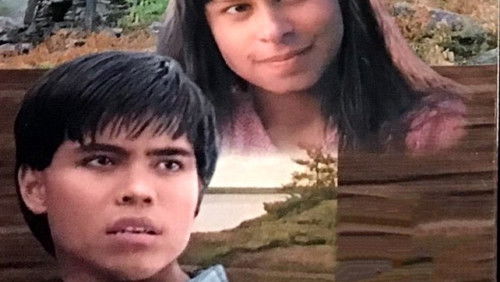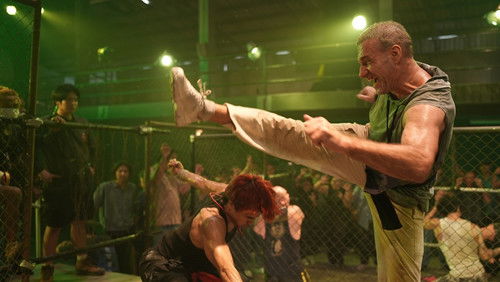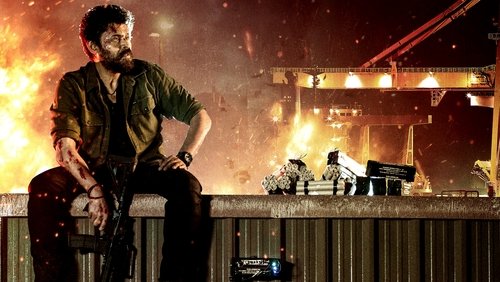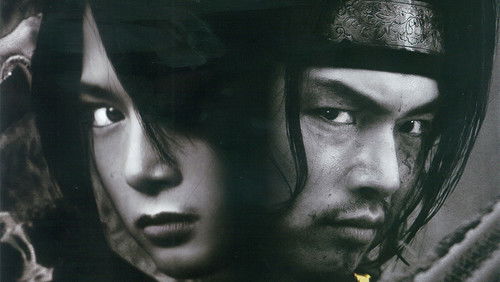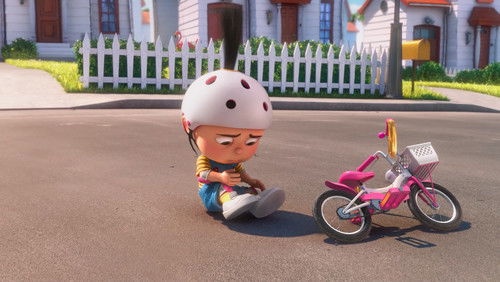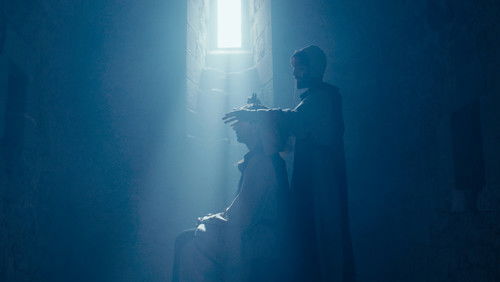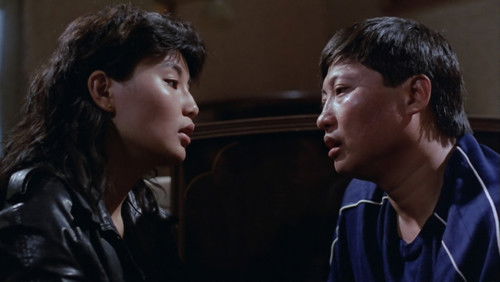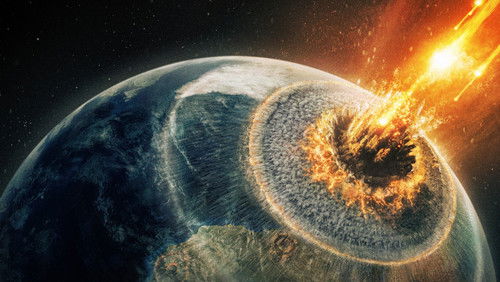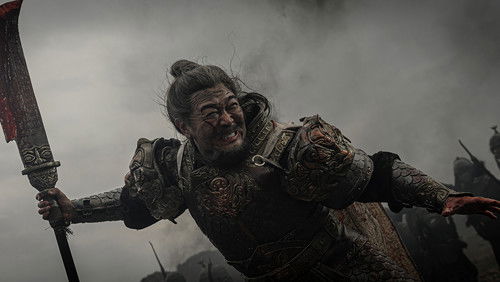The Leather Burners (1943)
19KThe Leather Burners: Directed by Joseph Henabery. With William Boyd, Andy Clyde, Jay Kirby, Victor Jory. As rustled cattle have mysteriously disappeared, Bar 20 ranch hand Johnny Travers sends for old friends Hopalong Cassidy and California Carlson.
“In 1943, following eight months without a release, the William Boyd-starring Hopalong Cassidy Western series moves to United Artists, a company devoid of those productions required to satisfy contractual conditions. U.A. signs a pact with Paramount wherein over twenty films in the can and ready for theatre showings were transferred from the latter studio to United Artists, these including the Cassidy pictures, such as this one, LEATHER BURNERS, that failed to gain widespread audience approval, principally due to a scattershot screenplay that is bogged down with unsympathetic plotting twists. A well-worn Western genre theme subject: cattle rustling, becomes a keynote for this work that is nicely detailed during its first half, largely due to the able direction of veteran of silents Joseph E. Henabery, at the helm for his sole sound feature, shot at and near Lone Pine, California, (especially in the adjacent Alabama Hills region for the many outdoor action sequences), as well as in Hollywoodu0026#39;s Bronson Cave. Hoppyu0026#39;s latest protégé is Johnny Travers, former ranch hand at Cassidyu0026#39;s Bar 20 spread, and it is Johnny, played by Jay Kirby, who calls for Cassidy and his saddle pard California Carlson (Andy Clyde) to aid him with the mentioned rustling predicament. Hopalong and California pretend to work for Dan Slack (Victor Jory) as a ploy intended to discover a mastermind behind the illegal goings-on, but there are too many plot line threads for even this dauntless pair to effectively tackle, and this surfeit, in addition to a skimpy budget, sinks the piece during its second half. Nevertheless, some interesting elements appear during the course of this essentially basic Western programmer: it marks the third appearance in a Hopalong Cassidy film for each of two young players beginning their careers, Robert Mitchum and George Reeves; it profits additionally from the final score composed for a feature motion picture by Samuel Kaylin. Jory handily garners acting laurels for his smooth performance as a leading representative of the Forces of Evil.”
